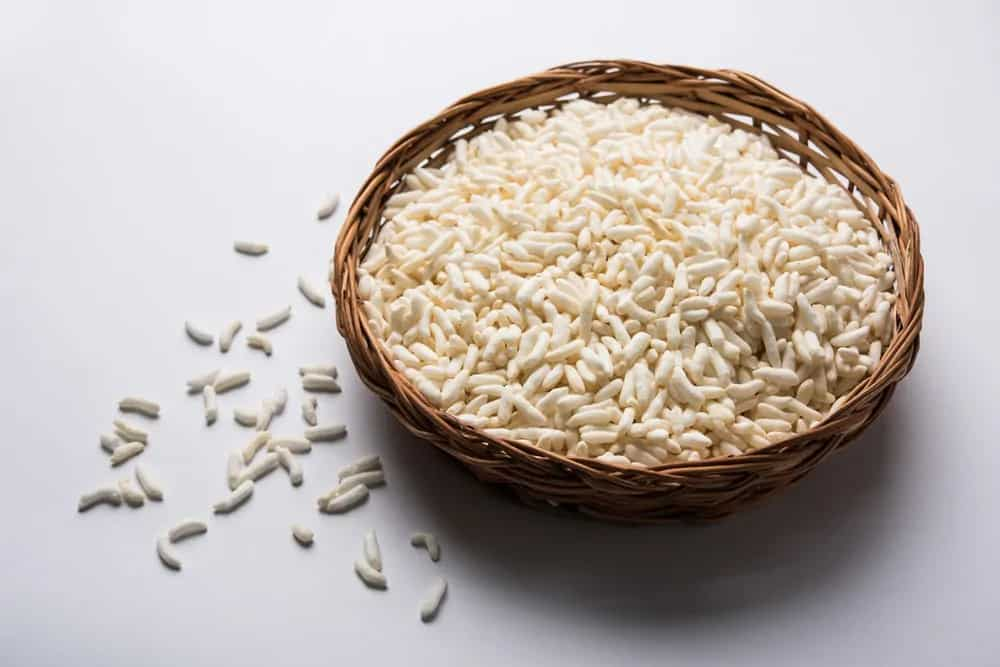Use These Tips To Make Soft Appams Every Time You Make
The bread known as appam is a mainstay in South Indian households. It is a sort of pancake that is typically consumed for breakfast or dinner and is prepared from fermented rice, coconut, and milk. They go beautifully with stews, avial, ghee roasts, and various flavorful curries and are incredibly thin and tender. If you have trouble making appams at home, we've provided some useful advice that you may use the next time you want to prepare one.

| Deepali Verma
Dec 02, 2022

Use Parboiled Rice
It is ideal to use parboiled rice or good quality uncooked rice because they have a wonderful white colour and also aid to improve the flavour.

Soak The Rice
Prior to preparing the batter, wash the rice thoroughly and soak it for at least 7-8 hours. Your appams would always be really soft thanks to this.
Add Coconut Water
Coconut water should be used in place of regular water for grinding soaked rice. Reduce the amount of yeast (if any) when doing this though. While grinding, you can also incorporate some cooked rice or fenugreek powder, which will soften the appams.
Add Baking Soda
Add baking soda to the fermented batter 30 minutes before you begin preparing the appams. At this point, you may also add 1-2 tablespoons of milk. This improves the batter's nutritional value and gives it a lovely colour.

